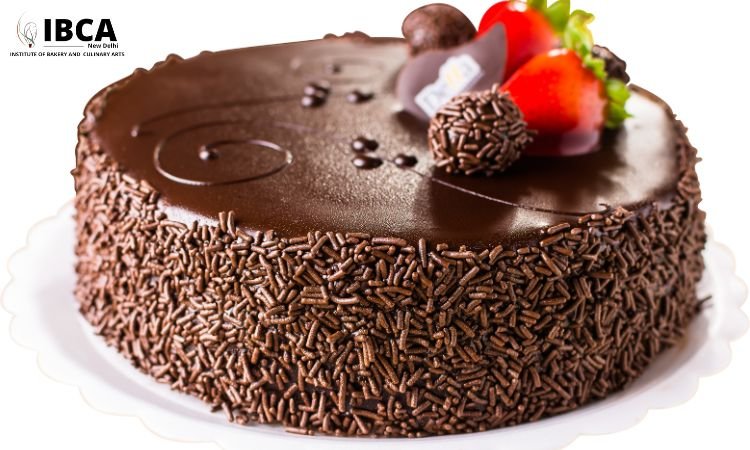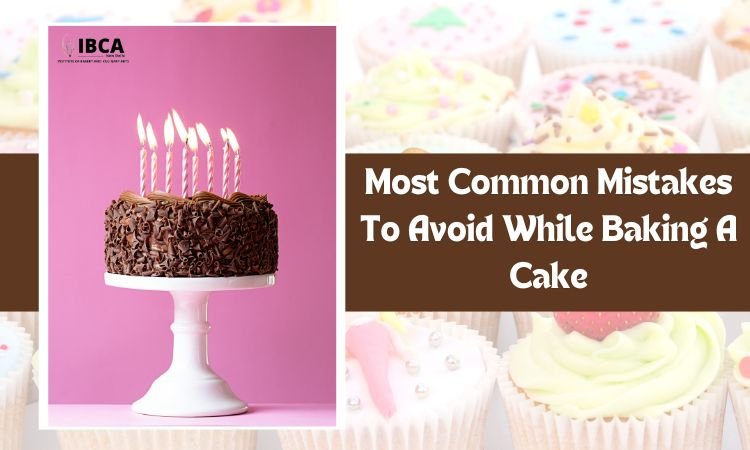When you’re at home with your loved one, you might decide to surprise them with a freshly baked cake. It’s enjoyable to spend time in the kitchen baking for family and friends. However, baking a cake is not always a walk in the park.
There are a few cake baking problems and common blunders that even the most successful bakers have made at some point in their journey. While a cake disaster can be disappointing, it’s possible to turn things around with the right tips and techniques.
There are a few essential principles to follow when baking birthday or anniversary cakes to avoid common mistakes. In line with that, we’ve put together a list of the ten most common cake baking mistakes to avoid.
10 Cake Baking Mistakes That Can Ruin Your Dessert

1. Not Preheating the Oven
The most critical step in baking preparation is preheating the oven, which most people overlook. With so much to accomplish and prepare for the bake, they concentrate on the cake batter and then turn the oven on after the cake is inserted. This disrupts the entire baking chemistry. To avoid this tragedy, preheat the oven fully before beginning to bake.
2. Wrong Ingredient Measurement
You will have an uneven chemical reaction with the timing in your recipe directions if the cake ingredient proportions are not perfect. You must stick to the recipe’s specifications. If you want to make a larger or smaller cake than the recipe calls for, you must adjust the components accordingly. And be sure you’re using the right measurements, whether it’s a cup, a spoon, or grams.
3. Frequently Opening the Oven
When you’re still honing your baking skills, it’s natural to peek into the oven to see how your cake is progressing. However, this allows heat to escape from the oven. As the temperature drops, you’ll start to experience classic baking issues like cake collapse. As a result, you should inspect your cake for doneness using the oven light and window.
4. Leaving The Cake Too Dry Or Too Wet
It’s critical to stick to your recipe’s timing. If you vary the quantity of your components, you’ll need to adjust the bake time as well. The fundamental reason for this is that heat must be evenly dispersed. The cake will become too dry or remain soft in the middle if you bake it for much longer than the recipe calls for. If the cake turns out dry, poke small holes in the top and brush sugar syrup over it to moisten the cake.
If it appears to be well-baked on the outside but is unsteady on the inside, reduce the temperature by 20 to 25 degrees Celsius. Cover the cake with foil to prevent the already cooked top from burning. Check for doneness with a dry toothpick.
5. The Cake Flour Is Not Blending Smoothly
When the cake dough takes on an undesirable texture (uneven, lumpy, stiff, or runny), it’s a sign that you used too much flour or didn’t sift the flour properly. When preparing for the bake, make sure you use exact measurements and sift your flour.
6. Ingredients Are At The Wrong Temperature
Another common baking blunder made by new and aspiring bakers is using ingredients that are at the incorrect temperature. The best temperature for baking is room temperature.
Because baking uses both dry and wet components, you must ensure that the milk, eggs, and butter are at room temperature before proceeding. So there’s no need to scrimp—just get to mixing the components.
7. Using Rough Egg Whites
It’s possible that you’re using stale eggs if you beat them but they still have a gritty texture. It could also be a result of incorrect temperature. Alternatively, the whisk and bowl could be moist, so make sure they are completely dry before you begin whipping.
8. The Cake Mix Is Not Baking Evenly
As different regions of the oven have hotter pockets of air, it is unlikely that the oven heat will remain constant during the bake. The cake will not bake evenly if the cake pan remains in the same position throughout the baking session. To avoid this problem, make sure to rotate the cake.
9. Cakes Are Not Baking With A Flat Top
If you’re baking layered cakes and notice that the top isn’t flattening out, you can even out the dome shape by wrapping a moist cloth around the edges of the cake.
10. Cookies Or Cupcakes Are Not Giving An Even Surface
You may be baking cookies or cupcakes, and the processes will be slightly different, but the basic concepts will remain the same. If the surface isn’t flat, it’s possible that you used cold dough, so let it sit at room temperature for 30 minutes before baking.
Conclusion
Baking a perfect cake is both an art and a science. By understanding and avoiding these common mistakes, you can greatly improve your baking results and gain confidence in the kitchen. Whether you’re making a birthday cake, anniversary treat, or a simple batch of cupcakes, attention to detail-from preheating the oven to using room-temperature ingredients-makes all the difference.
With regular practice and the right methods, you can bake cakes with perfect texture and taste every time. To improve your skills, you can join Professional Bakery Courses in Delhi for proper guidance and hands-on learning.

